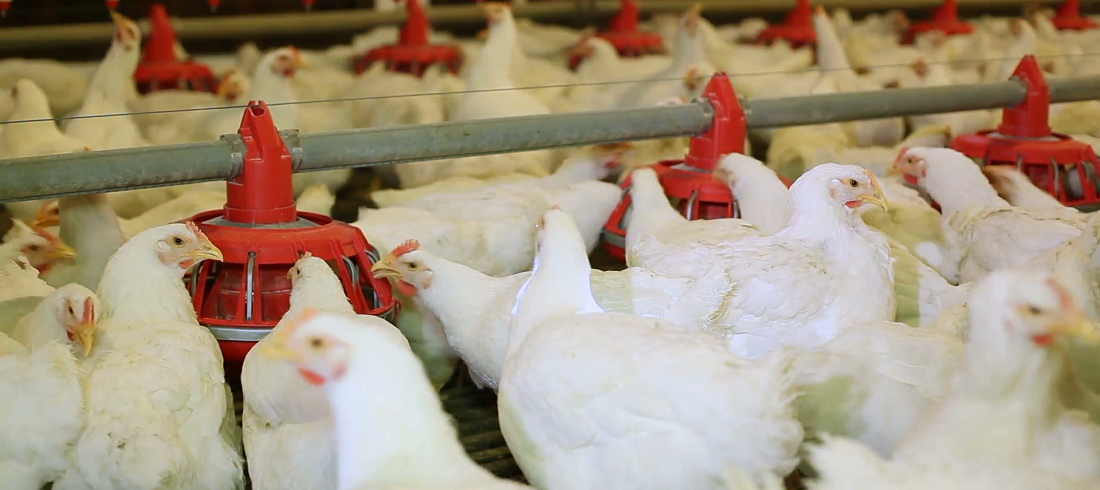
Chicken export revenues decrease 13% YoY in first 10 months
Nov, 12, 2020 Posted by Ruth HollardWeek 202047
Despite the fact that Brazilian chicken meat exports increased in the first 10 months of 2020 when compared to the same period in 2019, revenue for the period was 13% lower in the same comparison. This is according to a survey by ABPA (Brazilian animal-protein association).
In all, 3.498 million tons were shipped between January and October this year, against 3.490 million tons in 2019. In terms of revenue, sector sales in 2020 totaled US$ 5.066 billion, against US$ 5.820 billion in the first ten months of 2019.
In the monthly comparison, 319,700 tons were exported in the tenth month of 2020, 9.4% lower than the 353,000 tons exported in the same period of 2019. October shipments reached US$ 446.8 million, 21.2% less than the USD$ 567 million in the same month of the previous year.
China remains the main destination for Brazilian chicken meat in 2020. In total, 564,000 tons were exported between January and October this year, 24% more than in the same period in 2019. Other Asian countries highlighted are South Korea, importing 109,500 tons (+ 7%), and Singapore, importing 106,400 tons (+ 32%).
Saudi Arabia was the main highlight for the month of October, importing 44,000 tons in the period, 22% more than in the same period of 2019. Other highlights in the month were the European Union, importing 21,200 tons (+ 29%), and South Africa, importing 23,300 (+ 5%).
“Despite the impacts felt by the absence of Mexico and the Philippines in sales this month compared to October 2019, international exports generally remain at levels equivalent to those seen in 2019. The gradual resumption of shipments to Saudi Arabia and the increase in volumes sent to Europe indicate greater capillarity in the sector’s shipments ”, says Ricardo Santin, president of ABPA.
Among Brazilian states, Paraná continues to be the largest exporter, with 1.366 million tons between January and October (+ 0.91%), followed by Santa Catarina, with 808,000 tons (-26.3%), Rio Grande do Sul, with 559,800 tons (+ 19.9%) and Goiás, with 176,200 tons (+ 37.1%).
-
Other Cargo
Aug, 31, 2021
0
289 kg of cocaine seized at Paranaguá
-
Ports and Terminals
Nov, 25, 2022
0
Port of Santos celebrates yet another cargo throughput record in October
-
Economy
Jun, 13, 2023
0
Exports from Uruguay drop 3.5% in the first quarter
-
Meat
Dec, 29, 2020
0
China asks meat exporters to disinfect cargo before shipping to China


